1. Kruger National Park Safaris:
Experience the awe-inspiring wonders of the world-renowned Kruger National Park during your stay. Whether you prefer the freedom of exploring in your own vehicle or the expertise of a guided safari, the adventure awaits. Set out in search of the Big Five and other fascinating wildlife species that call this iconic park home.
Guided safaris typically depart from the lodge around 05:00, offering you the chance to witness the magical African sunrise. Throughout the day, you'll have the opportunity to enjoy coffee breaks in the bush and indulge in a delicious lunch at one of the park's scenic rest camps. Your safari adventure concludes around 16:00, leaving you with cherished memories of an unforgettable day in the wild.
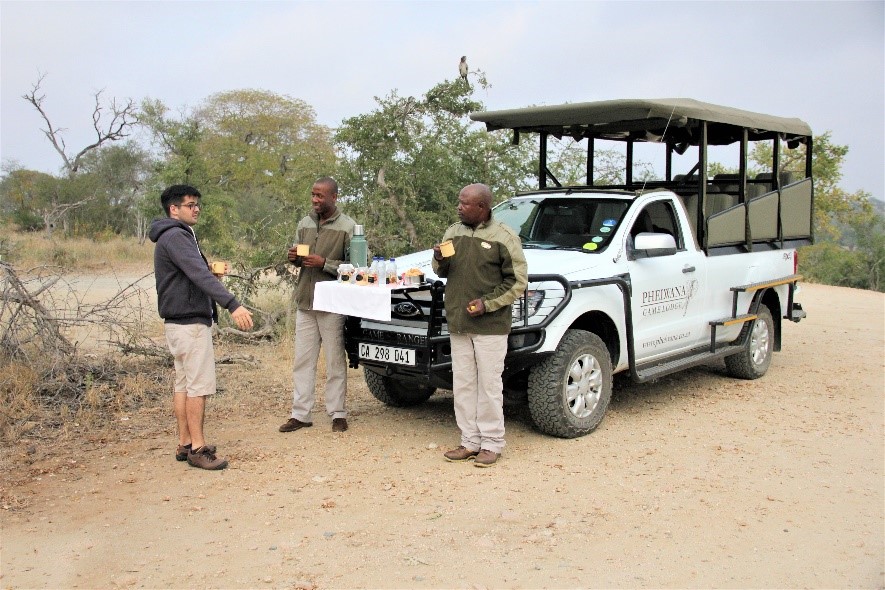 Photo Credit: Phelwana Game Lodge
Photo Credit: Phelwana Game Lodge
2. Moholoholo Rehabilitation Center:
Discover the heartwarming work of Moholoholo Wildlife Rehabilitation Centre, a non-profit organization dedicated to caring for abandoned, orphaned, injured, and poisoned wildlife. Visitors are invited to witness the remarkable stories of resilience and rehabilitation as they tour the facility.
Encounter a variety of animal species, including rescued lions, leopards, caracals, servals, cheetahs, as well as various eagle and vulture species. Keep an eye out for the famous 'Stoffel,' the honey badger renowned for his Houdini-like escape tactics.
Your lodge can arrange a tour of Moholoholo and coordinate transfers to and from the facility, ensuring a seamless and enriching experience for all wildlife enthusiasts.
Tour Times: Mon - Sat 09:30 and 15:00. Closed on Sundays and Public Holidays.
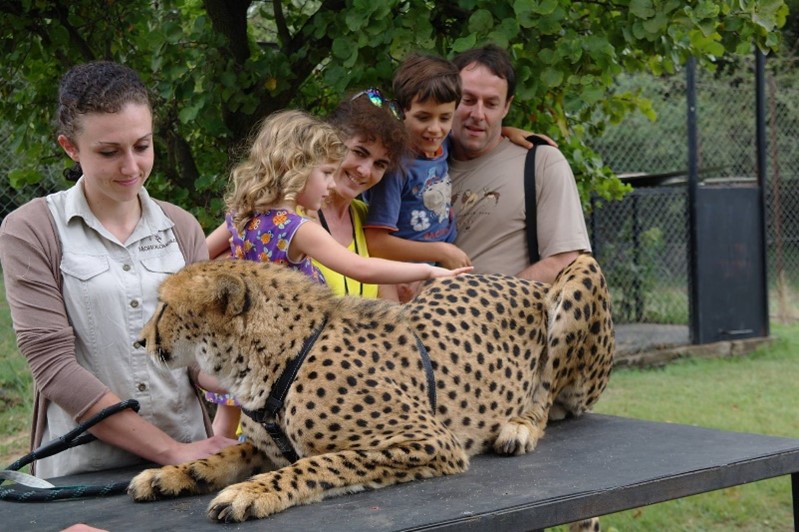 Photo Credit: Moholoholo Rehabillitation Center https://www.moholoholo.co.za/
Photo Credit: Moholoholo Rehabillitation Center https://www.moholoholo.co.za/
3. Hot Air Ballooning:
Embark on an exhilarating adventure and take to the skies in a hot air balloon. Drift gracefully with the wind as you soak in the serenity and tranquility of the surrounding air.
Advance bookings can be arranged for hot air balloon tours, offering you the chance to experience this unforgettable journey. Please note that flight schedules are weather-dependent and typically confirmed the day before departure, ensuring optimal safety and enjoyment for all passengers.
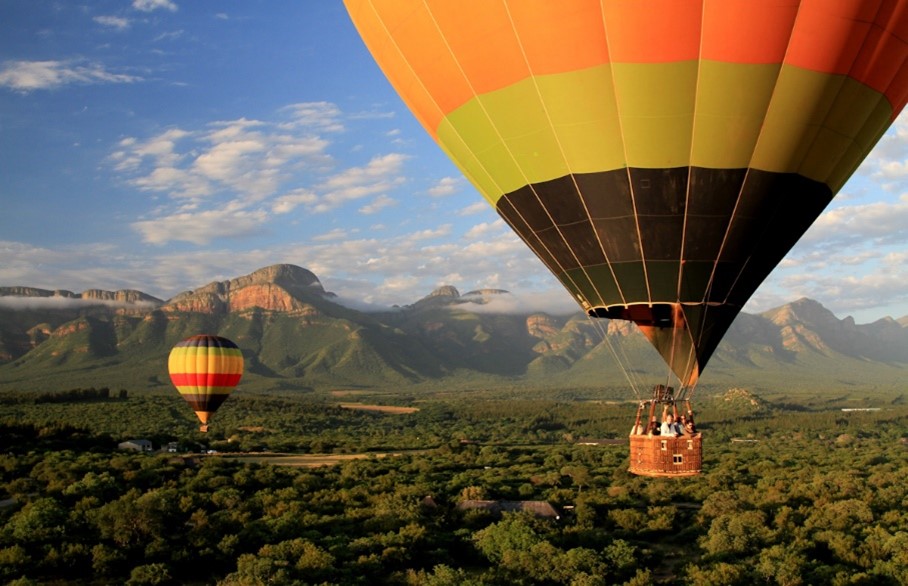 Photo Credit: https://www.suncatchers.co.za/
Photo Credit: https://www.suncatchers.co.za/
4. Horse Riding:
Embark on an extraordinary journey with the Wild Rides team on a Horseback Safari led by their highly experienced guides. Immerse yourself in the awe-inspiring beauty of the African landscape as you venture close to wildlife in their natural habitat.
Feel the thrill of adventure as you ride through the wilderness, creating unforgettable memories and forging a deeper connection with nature.
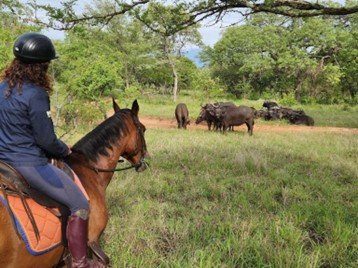 Photo Credit: Wild Ride Safaris https://www.wildridehorsesafaris.com/p/
Photo Credit: Wild Ride Safaris https://www.wildridehorsesafaris.com/p/
5. Panorama Tour of the Blyde River Canyon:
Discover the awe-inspiring beauty of one of the largest canyons on Earth with a visit to the Blyde River Canyon. Explore breathtaking viewpoints and magnificent waterfalls, including iconic attractions like the Three Rondavels, God's Window, and Bourke's Luck Potholes.
Whether you prefer a self-drive adventure or a guided tour, you'll be captivated by the stunning landscapes and natural wonders that await you. Prepare to be amazed as you soak in the majestic vistas and marvel at the power of nature in this extraordinary destination.
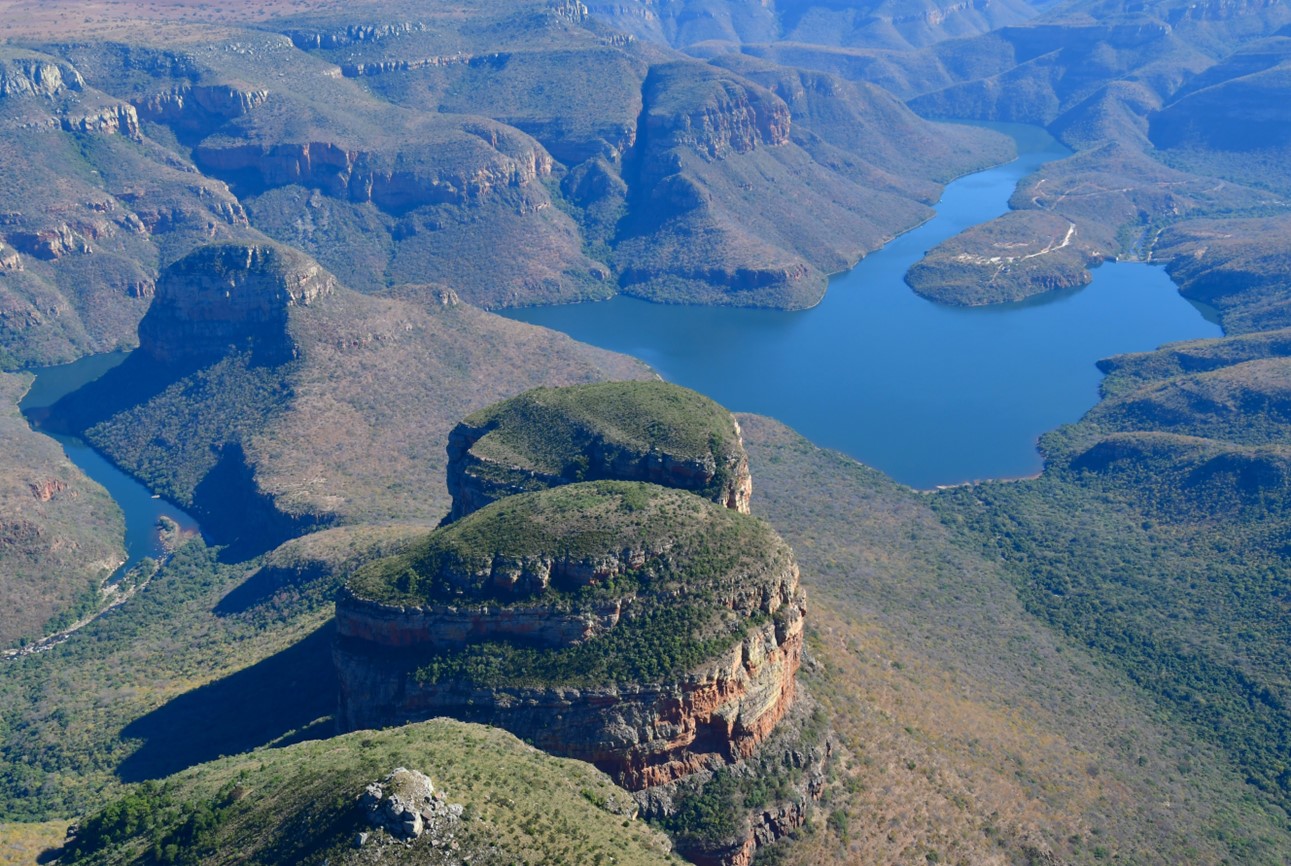 Photo Credit: Phelwana Game Lodge
Photo Credit: Phelwana Game Lodge
6. Blyde River Boat Cruise:
Experience the Blyde River Canyon from a different perspective on a boat cruise. Enjoy stunning views and the chance to spot wildlife including hippos and crocodiles. Your Lodge will beable to arrange transfers and bookings for you to experience this wonderful activity.
Boat trips depart at 09:00 and 15:00.
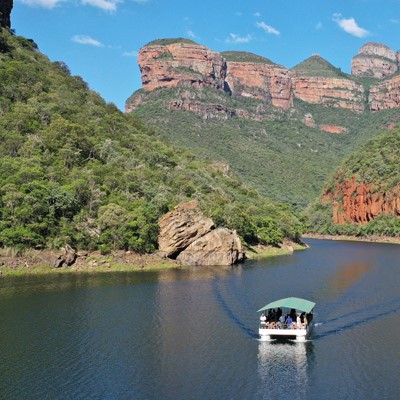 Photo Credit: https://blydecanyon.co.za/
Photo Credit: https://blydecanyon.co.za/
7. Hoedspruit Endangered Species Center:
Visit this unique wildlife facility focusing on conservation and sustainability of rare species. Learn about their conservation activities, education programs, and rehabilitation efforts.
https://hesc.co.za/
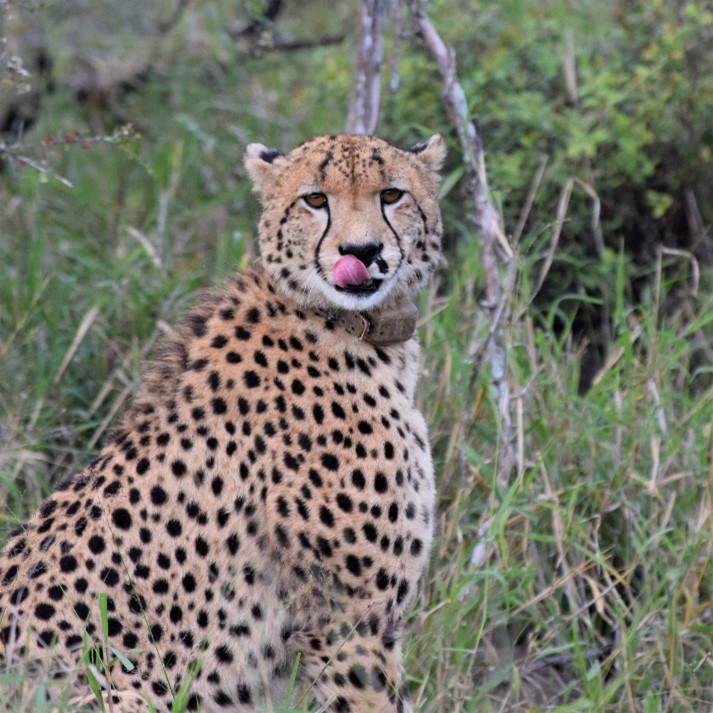 Photo Credit: Joe Botha
Photo Credit: Joe Botha
8. Big 5 Game Drives on a Nearby Reserve:
Embark on a guided tour in an Open Safari Vehicle on a 23,000Ha reserve adjacent to the Kruger National Park, renowned for incredible sightings. Depart from Phelwana Game Lodge after lunch at 14:00 and return just before dinner at 19:00.
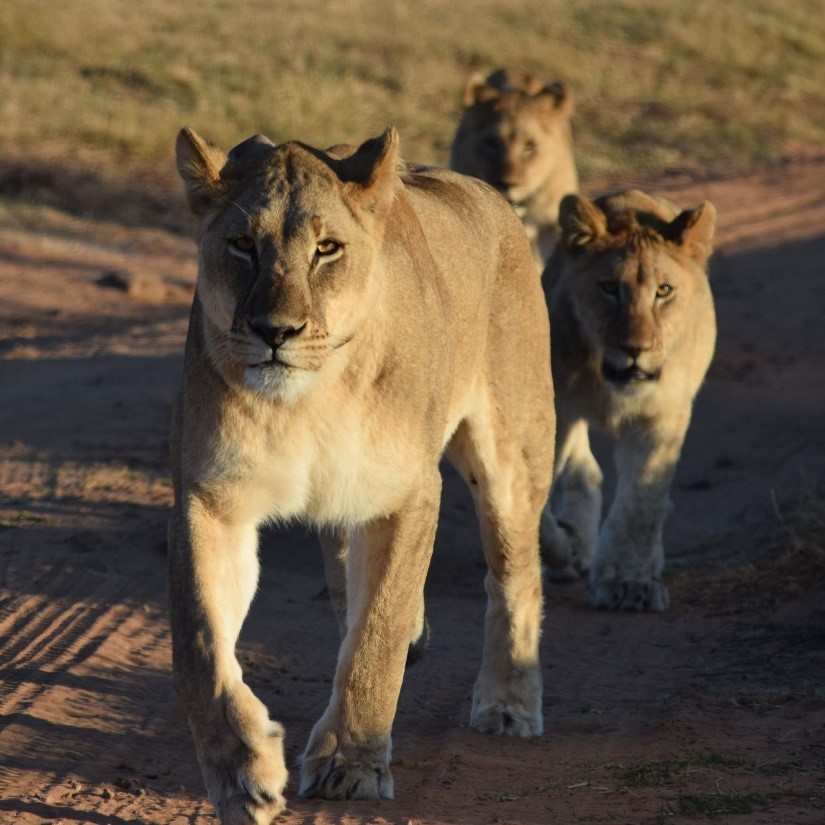 Photo Credit: Joe Botha
Photo Credit: Joe Botha
9. Flying Safaris:
Experience flying in a Bantam microlight and view the Big Five from above. Flights of various durations are available, offering a bird's-eye-view of the Blyde River Canyon and Big 5 game reserves.
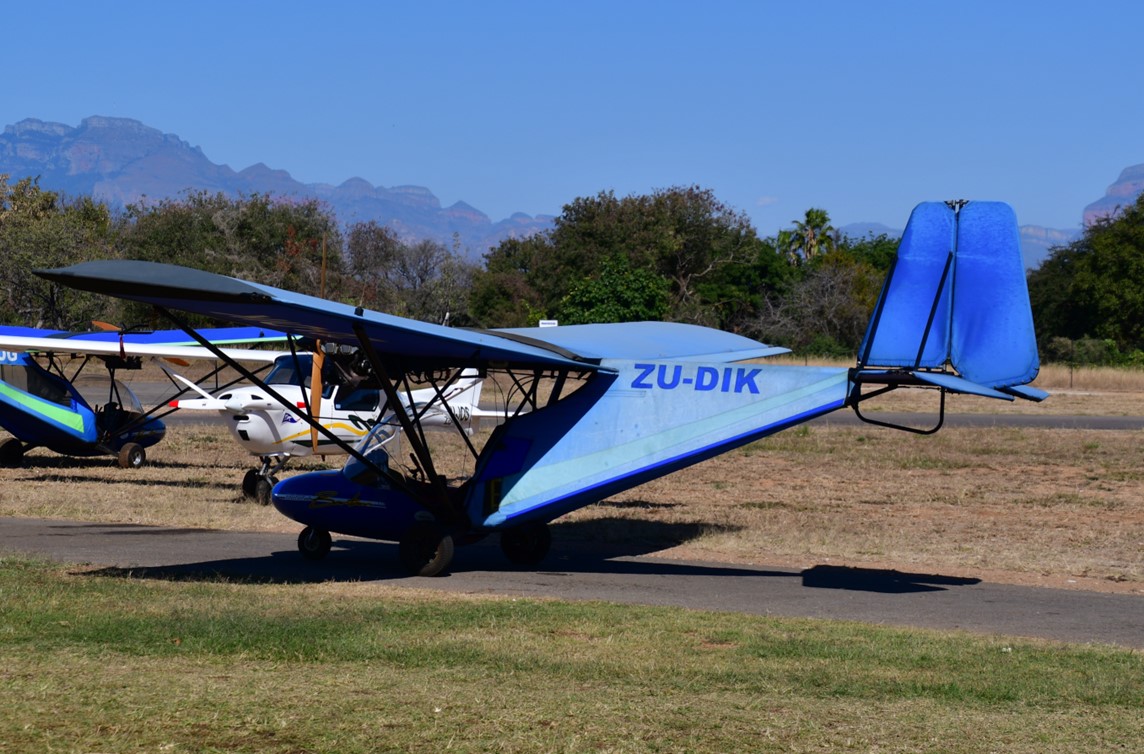 Photo Credit: Phelwana Game Lodge
Photo Credit: Phelwana Game Lodge
10. Kinyonga Reptile Park:
Explore the fascinating world of reptiles and learn about their vital role in the environment. A visit to this local reptile park is a must for all visitors.
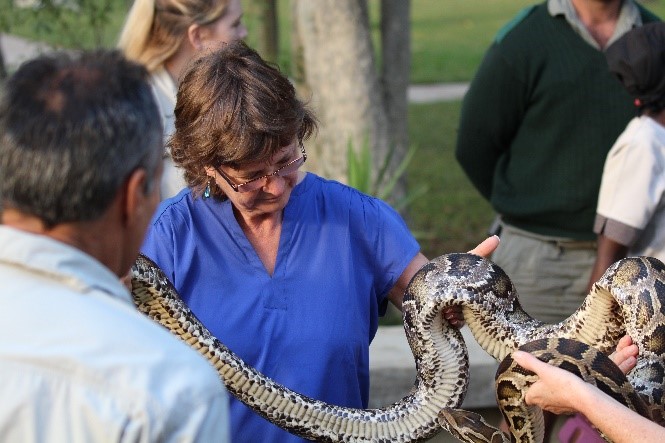 Photo Credit: Phelwana Game Lodge
Photo Credit: Phelwana Game Lodge
In summary, the Lowveld area offers a wealth of experiences beyond just encountering the Big 5. Whether you're seeking adrenaline-pumping activities or serene moments in nature, the Lowveld promises unforgettable adventures and discoveries at every turn. There's something for everyone to enjoy!